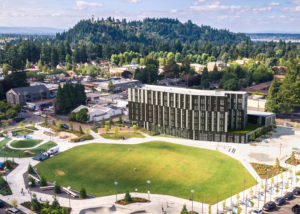Creating Vibrant Neighborhoods & Communities
We’re helping Portland build and increase access to healthy, complete neighborhoods — with essential goods and services, connected to jobs, with transportation options and access to open spaces — throughout the city.
Desired Outcomes
Vibrant Communities & Corridors – Neighborhoods throughout Portland are anchored by vibrant commercial and mixed-use areas that support local demand for goods and services and result in improved business and resident satisfaction with the community.
Connected Innovation & Jobs Centers – The region’s economic and physical health is marked by job growth and innovation in Portland’s numerous employment-based centers, from the Central City to industrial districts like Airport Way and the Central Eastside to neighborhood hospital and university centers.
Regional Assets – Strategic partnerships and focused use of urban renewal resources will strengthen eastside and Central City landmarks and attractions.
Projects & Programs
These are just some of our projects and programs that support the creation of vibrant neighborhoods and communities:
Office to Residential Conversion
Office to Residential Conversion Portland’s Central City was hard hit during the pandemic and [...]

Community Livability Grant
The CLG program prioritizes projects that benefit communities of color or people with low incomes, and that promote widely shared prosperity.
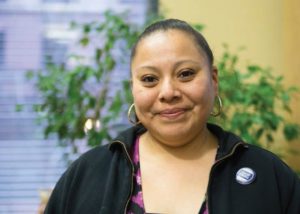
Inclusive Business Resource Network
The Inclusive Business Resource Network (IBRN) is a citywide program that brings multiple services for small business into a single network for entrepreneurs.
Cully TIF District
Cully TIF District Contact: Kathryn Hartinger - email In 2018, a coalition of [...]
The Nick Fish
A multi-partner collaboration between Prosper Portland, Portland Housing Bureau, Human Solutions and Gerding Edlen, The Nick Fish is a mixed-use, mixed-income catalytic project in the Gateway Regional Center TIF District, adjacent to Gateway Discovery Park at NE Halsey Street and NE 106th Avenue.

Williams & Russell Project
The Williams & Russell project is a collaborative effort between a community-based Williams & Russell Project Working Group (PWG), Prosper Portland, Legacy Health and the City of Portland. The project involves Legacy Health returning to the community a 1.7-acre vacant block at North Russell Street and North Williams Avenue. Historically, the site once was part of a thriving community that housed the majority of African Americans in Portland and Oregon.

Lents Town Center Affordable Commercial Tenanting Program
Prosper Portland offers the Affordable Commercial Tenanting Program at two sites in the heart of the Lents Town Center.

Affordable Commercial Tenanting Program
This program reduces barriers to entry for underrepresented businesses, preserves small business vitality, and advances our goal to build an equitable economy.
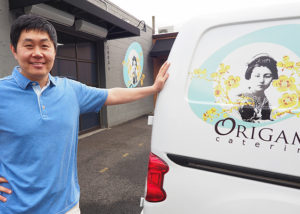
Prosperity Investment Program (PIP)
PIP Grants are awarded to support business competitiveness and/or property redevelopment in projects that meet social equity goals.

N/NE Community Development Initiative Action Plan
The Action Plan guides the investment of $32 million in the Interstate Corridor urban renewal area to align with strategic goals that benefit the community.
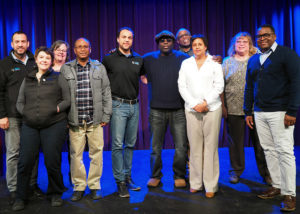
Alberta Commons
Alberta Commons, anchored by Natural Grocers, is at a high-traffic corner and will bring new excitement to the neighborhood, offering small, minority-owned businesses the opportunity to participate in the retail mix.
Lents Town Center Development
Prosper Portland focuses on supporting growth of mixed use, mixed income communities in the Lents Town Center that contribute to improved business and resident satisfaction with the community.
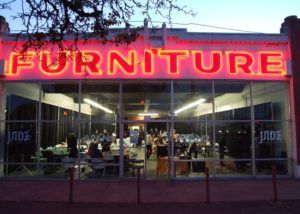
Community Economic Development
Prosper Portland takes a community-driven approach to creating thriving commercial areas, successful neighborhood businesses and equitable access to quality jobs throughout Portland.
